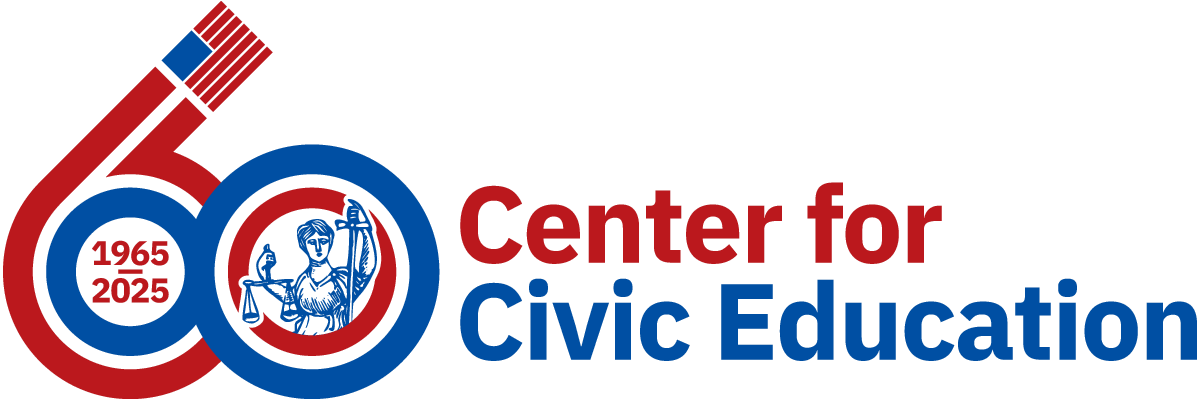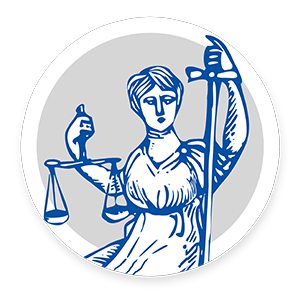Political Parties During the Civil War Era: Political Parties and Conservatism in American History, Part 4
- Watch and listen to the 60-Second Civics video below. If you'd like, you can also read along using the script that appears below the quiz. Or you can turn on the video's subtitles and read while watching the video.
- Take the Daily Civics Quiz. If you get the question wrong, watch the video again or read the script and try again.
Do you know how the modern Republican party formed? In this interview, Dr. Lester Brooks, emeritus professor of American history at Anne Arundel Community College, explains how the runup to the Civil War defined today's Republican and Democratic parties.
Political Parties During the Civil War Era: Political Parties and Conservatism in American History,
Part 4
Donna Phillips: Welcome to 60-Second Civics, the daily podcast of the Center for Civic Education. I’m Donna Phillips. Today we continue our series on Political Parties and Conservatism in American History. We are joined by special guest Dr. Lester Brooks, American History Professor Emeritus from Anne Arundel Community College. Welcome Dr. Brooks.
Dr. Lester Brooks: Thank you for having me.
Donna Phillips: Dr. Brooks, how did political parties continue to evolve during the Civil War era?
Dr. Lester Brooks: During the Civil War, actually things began to change in the 1850’s. Coming into the 1850’s there are two major political parties: the Whig party and the Democratic party. In the mid-1850’s, the Whig party essentially collapses over the sectional issue: North versus South. And so with the Whig Party collapsing, those members now have to decide: what are they going to do? Are they going to join the opposition, the Democratic Party? Are they going to form new parties? There were other political parties such as the American Party, sometimes called the Know-Nothings. There was the Free Soil Party. But ultimately, they formed the Republican Party. And this is where we get our modern-day Republican Party. So, by the mid-1850’s, we now have the Democratic Party and the Republican Party, with Abraham Lincoln becoming the first member of the Republican Party to win an election in 1860.
Donna Phillips: Great, thank you. Thanks for joining us today, Dr. Brooks. That is all for today’s podcast. 60-Second Civics, where civic education only takes a minute.





